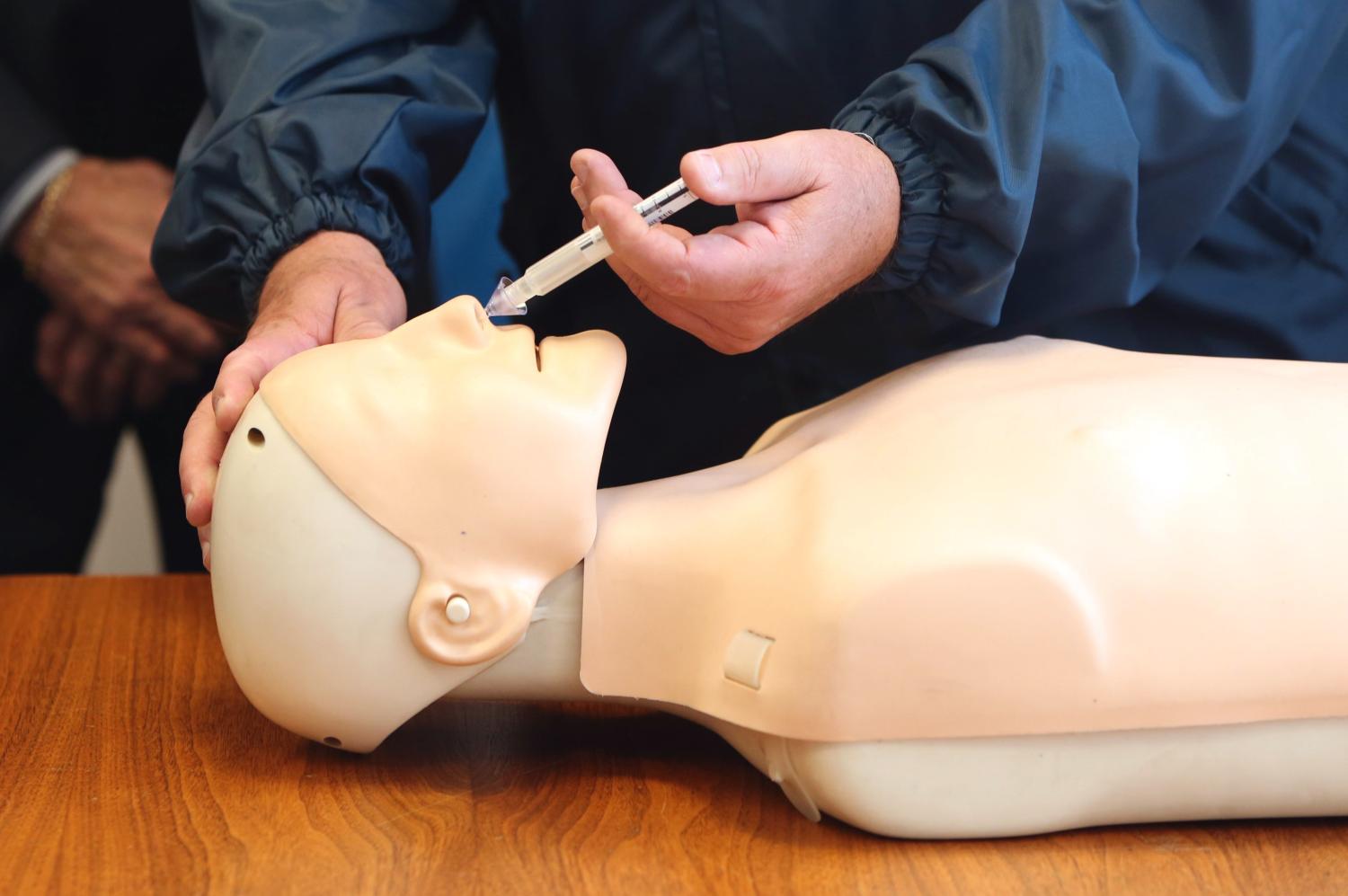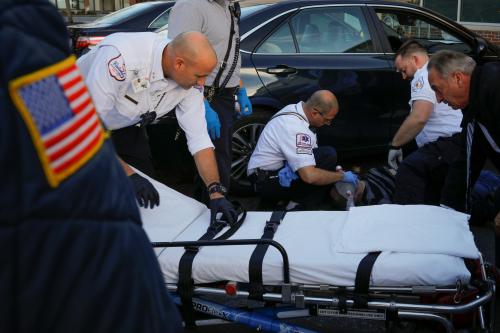This paper comes from the paper series “The opioid crisis in America: Domestic and international dimensions.”
Executive summary
Opioid-related harms in the United States extend far beyond the death toll, but the recent change in the composition of these deaths is shocking. While deaths involving prescription opioids and heroin have stabilized (and may be on the decline), overdose deaths involving much more potent illicitly produced synthetic opioids like fentanyl have skyrocketed—from approximately 3,000 in 2013 to more than 30,000 in 2018 (CDC, 2020).
This paper highlights options for federal decisionmakers seeking to increase access to treatment for opioid use disorder (OUD) and reduce overdose deaths. This is not meant to imply that state and local decisionmakers do not have a significant role to play in these efforts; indeed, state-level Medicaid expansion is “the single most important measure to expand access to mental health and addiction treatment” (Pollack, 2015). Yet 14 states have still not taken this step (Kaiser Family Foundation, 2020).
Although most of these options focus on addressing barriers to treatment and reducing the probability that an overdose is fatal, the first two focus on improving data infrastructure in the U.S. so we have better information about the size of the problem and can get ahead of new threats. This paper does not systematically assess the costs and benefits of these options and it is not an exhaustive list of federal policy options in this space. Further, inclusion on this list should not be seen as a full-throated endorsement. The goal is to expand the menu of options discussed when federal officials have serious conversations about reducing opioid-related harms.
Federal decisionmakers could:
- Reimagine and reinvest in the Arrestee Drug Abuse Monitoring program.
- Support large-scale wastewater testing to detect the use of illicitly produced synthetic opioids and other substances.
- Expand the number of insurers that cover evidence-based treatments.
- Reduce barriers and increase incentives for practitioners to prescribe FDA-approved treatment medications.
- Reduce barriers to providing methadone and buprenorphine to incarcerated individuals with OUD.
- Make it harder for pharmaceutical companies to manipulate FDA processes.
- Invest in clinical trials of medications not currently used in the U.S. for treatment.
- Allow jurisdictions to conduct pilot studies of supervised drug consumption sites.
- Support efforts to monitor drug consumption that don’t depend on a physical location.
- Increase access to naloxone.
Getting those who seek OUD treatment the services they need and reducing the probability that an overdose is fatal are not just about funding. There are laws, policies, and other barriers that make it harder to achieve these goals. If policymakers simply treat the current crisis like a typical drug epidemic and do not think creatively, we will likely condemn thousands of people to early deaths.






